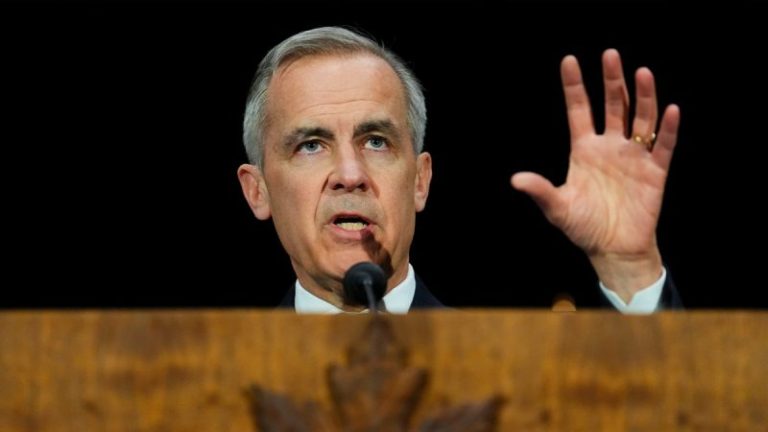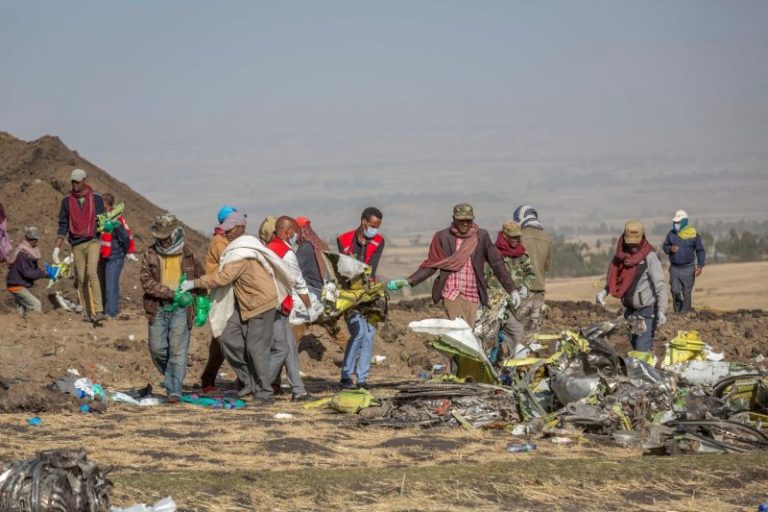President Donald Trump is poised to unveil a massive series of reciprocal tariffs on Wednesday, when he will likely impose duties on multiple countries as part of what his administration has labeled ‘Liberation Day.’
Trump and his administration have long decried that other countries are engaging in unfair trade practices against the U.S., and have advocated for employing tariffs to rectify the nation’s 2024 record $1.2 trillion trade deficit.
Despite previewing this massive round of tariffs forthcoming on Wednesday, the White House has remained reticent regarding the specifics of the potential tariffs and which countries it plans to target.
Even so, speculation has emerged about a list of countries, known as the ‘Dirty 15,’ that might face new duties.
The term ‘Dirty 15’ stems from an interview Treasury Secretary Scott Bessent conducted on March 18 with FOX Business, where he referenced the 15% of countries that make up the largest trade deficits with the U.S. However, Bessent did not cite specific countries.
Even so, the Trump administration has given some clues and has pointed to specific countries in certain official documents.
For example, countries that were singled out in a notice the Office of the U.S. Trade Representative posted in March for a review of ‘unfair’ trade practices included Argentina, Australia, Brazil, Canada, China, the European Union, India, Indonesia, Japan, Korea, Malaysia, Mexico, Russia, Saudi Arabia, South Africa, Switzerland, Taiwan, Thailand, Turkey, the U.K. and Vietnam.
Additionally, the 2024 Commerce Department trade deficit report cited the following countries as those with the highest trading deficit with the U.S.: China, European Union, Mexico, Vietnam, Ireland, Germany, Taiwan, Japan, South Korea, Canada, India, Thailand, Italy, Switzerland, Malaysia and Indonesia.
The Treasury Department did not immediately respond to a request for comment from Fox News Digital.
The White House did not respond to a request for comment from Fox News Digital requesting specifics on which countries would face new tariffs and which were on the ‘Dirty 15’ list.
Trump has signaled that the tariffs would go beyond just 15 countries. He suggested to reporters on Air Force One on Sunday that tariffs wouldn’t just affect 15 countries, claiming that ‘you’d start with all countries.’
White House press secretary Karoline Leavitt on Tuesday told reporters that Trump was conducting meetings with his trade team that day, and the tariffs would take effect immediately following a Wednesday Rose Garden ceremony.
Liberation Day will ‘go down as one of the most important days in modern American history,’ Leavitt said Tuesday, and shared that Trump has talked with various countries about the potential tariffs they may face.
‘I can tell you there have been quite a few countries that have called the president and have called his team in discussion about these tariffs,’ Leavitt told reporters.
Leavitt also shut down concerns that the tariffs wouldn’t prove effective and would raise prices for consumers.
Lawmakers from both sides of the aisle have voiced concerns about how tariffs would impact their constituents, including former Senate Majority Leader Mitch McConnell, R-Ky. McConnell said in February that broad tariffs would drive up ‘costs for consumers across the board.’
But Leavitt said the tariffs would bolster the U.S. economy.
‘It is going to work, and the president has a brilliant team of advisors who have been studying these issues for decades, and we are focused on restoring the Golden Age of America and making America a manufacturing superpower,’ Leavitt said Tuesday.
While details on the specifics are sparse, the new reciprocal tariffs are expected to match other countries’ tariff rates, and also tackle issues like regulations, government subsidies and exchange rate policies to mitigate trade barriers.
‘For DECADES we have been ripped off and abused by every nation in the World, both friend and foe. Now it is finally time for the Good Ol’ USA to get some of that MONEY, and RESPECT, BACK. GOD BLESS AMERICA!!!’ Trump wrote in a March post on Truth Social about Liberation Day.
The Trump administration has already imposed a 20% tariff on shipments from China, 25% tariffs on steel and aluminum imports, and up to 25% tariffs on certain goods from Mexico and Canada, as well as a 25% tariff on imported auto vehicles.
Fox News’ Emma Colton contributed to this report.










